Please support Game Informer. Print magazine subscriptions are less than $2 per issue
Version 2.0 – A History Of Redesigned Consoles
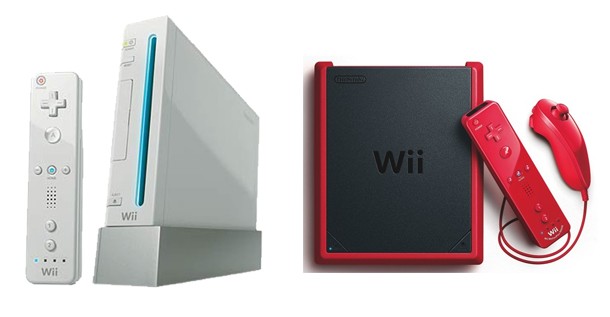
At the end of November, Nintendo announced the existence and Canadian launch of the new Wii Mini (pictured above). Console redesigns are nothing new, as they've been frequent occurrences for most popular systems. Take a look below to see the second (and sometimes third and fourth) comings of several consoles.
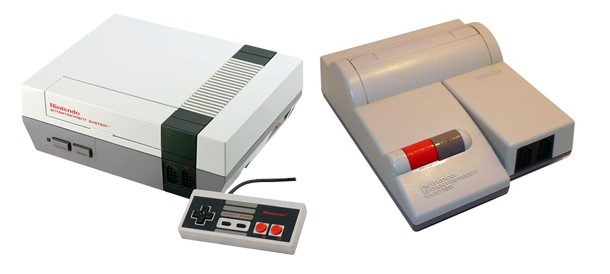
NES
If you grew up playing NES, you were most likely using the model on the left. Considering that the top loader model (right) didn't debut until 1993, many gamers had already moved on to the 16-bit era of gaming. In addition to the new method of inserting game cartridges, it also introduced a new controller that resembled the shape of the one used for the SNES.
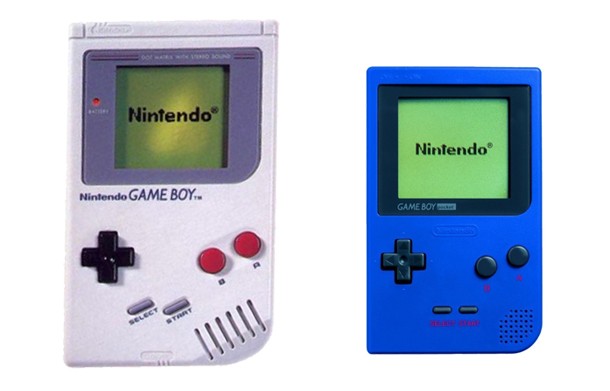
Game Boy
With a size that many compared to a brick, the original Game Boy was technically portable but certainly not ideal for pockets. The aptly named Game Boy Pocket rectified this problem with a drastically reduced size that was far better suited for on-the-go gaming. In addition to being smaller and lighter, it also took less batteries than its big brother.

Genesis
Sega made several changes to the casing of the Genesis between the first and second versions, from changing the power switch to a button to omitting the volume slider. When the Genesis 3 (far right) was introduced in 1998 (well into the Playstation/Nintendo 64 era), it featured the low price of $49.99 and a dramatically smaller frame. Unfortunately for cheaters, this version was the only one that wasn't compatible with the Game Genie.
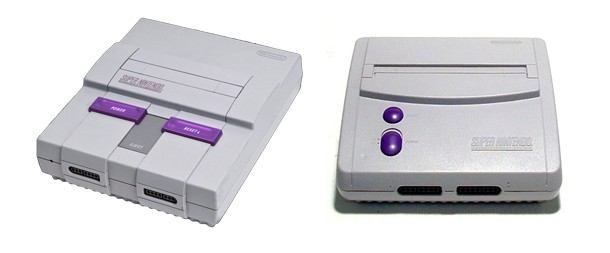
Super Nintendo
Like most of the console redesigns on this list, the SNS-101 model (right) of the Super Nintendo was smaller than its predecessor. It launched in October of 1997 for $99.95, and included either Yoshi's Island, A Link to the Past, Kirby Super Star, or Tetris Attack, depending on which retailer you purchased it from. In addition to the cosmetic changes, the redesign also eliminated the eject button.
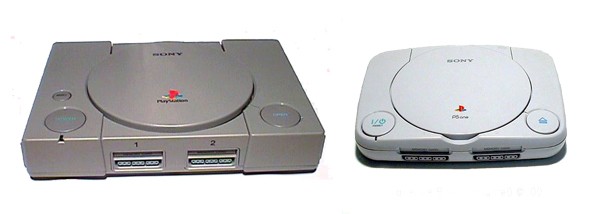
Playstation
In July of 2000, the original Playstation was on its last legs thanks to the impending launch of the Playstation 2. Sony gave it a last hurrah with the compact PSone redesign. Smaller and lighter than its predecessor, it could also be outfitted with a flip-up LCD screen for on-the-go gaming.

Game Boy Advance
While gamers loved the new graphical capabilities of the Game Boy Advance when it launched in 2001, the lack of a lit screen dashed any hopes of gaming in less than optimal conditions. Its first redesign was a huge step up, with the flip-up GBA SP screen featuring a handy light. Later, Nintendo introduced the bite-sized Game Boy Micro. This final redesign wasn't capable of playing Game Boy or Game Boy Color games, but it made GBA titles more portable than ever.

Playstation 2
Back in 2004, Playstation 2 was the top console in the world. With a steady flow of triple-A games still releasing on a regular basis, Sony unveiled the new, slim PS2. One look at the image above will make it clear how much size was shaved from the original design. In addition, it featured a built-in Ethernet port for an early taste of online console gaming.

DS
After a rocky start, Nintendo's innovative dual-screened portable started to gain steam thanks to an increasingly solid software library. Its success was accelerated in 2006 thanks to the DS Lite (second from left), a smart and compact redesign of the original, clunky DS. Another redesign launched two years later, with the new DSi featuring downloadable titles and two digital cameras. A year later, the DS saw its fourth and final redesign with the larger DSi XL (far right).

PSP
Sony struggled with PSP sales in North America, and none of its three redesigns made a big impact on sales. PSP-2000 (second from left) was 19% slimmer, PSP-3000 (third from left) featured an improved screen and a built-in microphone, and the PSP Go did away with the disc drive in favor of download-only gaming. None of these do-overs really set the world on fire, and the PSP died a slow death here in the States.

Xbox 360
During its E3 press conference in 2010, Microsoft announced the new slim model. Its initial shipment featured a glossy black finish and a significantly improved hard drive, as well as a quieter disc drive. Most importantly, it dramatically cut down on instances of console failure (the "Red Ring of Death" plagued the original model). Later models saw new designs debut, featuring special artwork for Kinect Star Wars, Gears of War, and Halo.

Playstation 3
When it launched in 2006, the Playstation 3 was a beast. Large and heavy (and expensive), it took up plenty of real estate on gamers' shelves. With the launch of the PS3 Slim, Sony fans were able to shrink down to a console that was 32% smaller, 36% lighter, and still offered a larger hard drive. Earlier this year, Sony announced the "super slim," an even smaller model that features a unique sliding door that covers the disc drive.
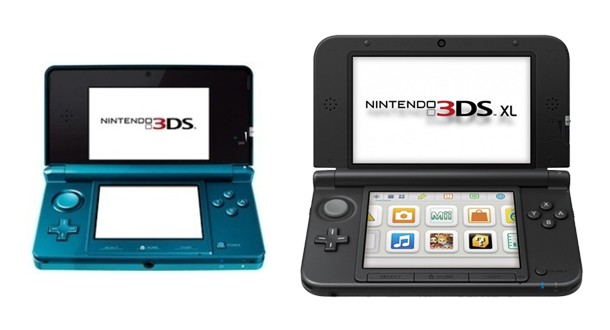
3DS
Like they did with the DSi before it, Nintendo introduced the huge screens of the 3DS XL the year after its predecessor hit the market. Considering the original launched at $250 with no games and the current 3DS XL retails for $200 with pre-loads of either Mario Kart 7 or Super Mario 3D Land, it's clear what the better deal is.










